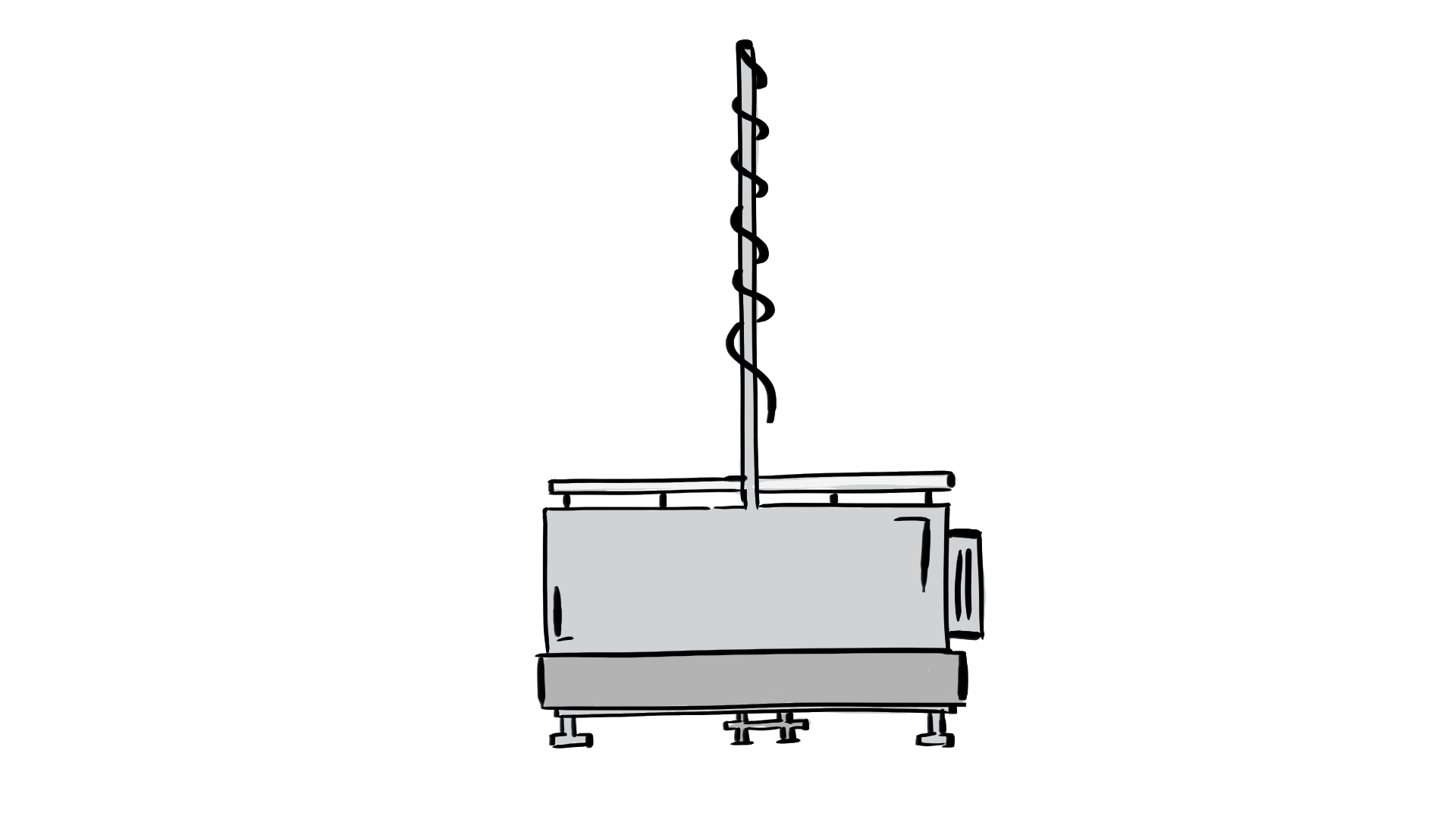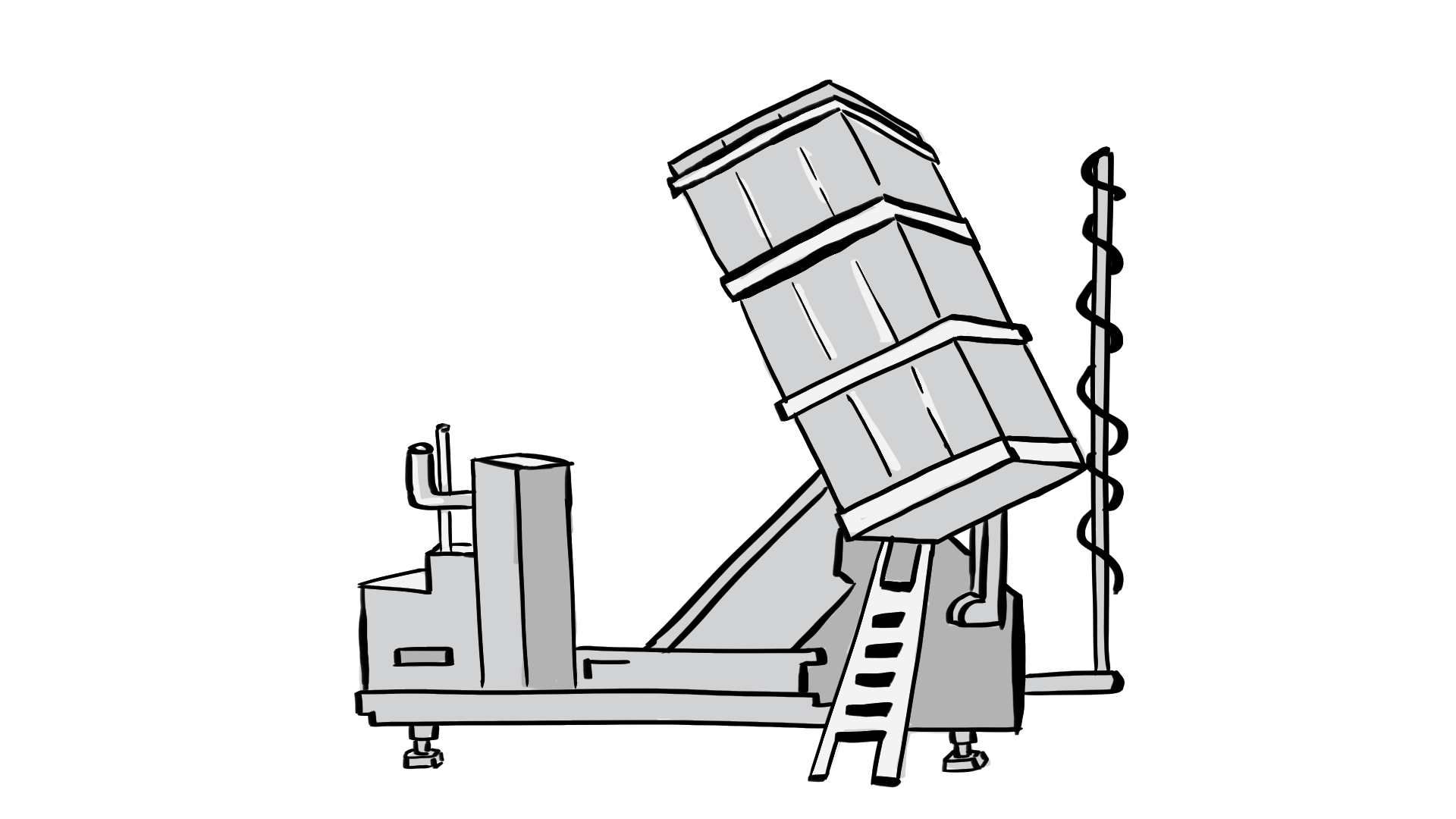Video Editor: Prajjwal Kumar
On Sunday, 7 October 2023, a typical morning in Israel took a drastic turn when a sudden onslaught of rockets filled the skies.
Hamas, a Palestinian militant group, surprised Israel with a barrage of over 5,000 rockets in a mere 20-minute timeframe. This marked the deadliest attack on Israel in several years, compelling the country to activate its Iron Dome defence system.
But what is the Iron Dome? What are its functions? And why is it considered Israel's most advanced defense system? We explain.
What Is the Iron Dome?
The "Iron Dome" is a land-to-air defense system designed to intercept and eliminate incoming missiles, rockets, and even Unmanned Aerial Vehicles (UAVs) from hostile areas like Gaza and Lebanon, destroying them while airborne. This defense mechanism encompasses a range of 70 kilometres.
Deployed in 2011, the Iron Dome acts as a protective shield across Israel. It came as a response to the 2006 Lebanon conflict when Hezbollah fired thousands of rockets, prompting Israel to develop its air defence system.
How Does the Iron Dome Operate?
Israeli officials state that the Iron Dome demonstrates about 90 percent effectiveness in neutralising short-range rockets, often fired by groups like Hezbollah, Hamas, and Islamic Jihad from neighbouring Lebanon and Gaza. The system's efficacy stems from three primary components:
A radar system detecting incoming rockets.
A control system calculating the impact point and targeting rockets that pose significant threats to urban areas and infrastructure while ignoring those headed for unpopulated regions or the sea.
A launcher firing missiles to destroy enemy rockets.
- 01/03
Detection & Tracking Radar Command Unit
(Photo: The Quint)

- 02/03
Weapons Control System
(Photo: The Quint)

- 03/03
Missile Launch Unit
(Photo: The Quint)

The component within the system determines whether people are in danger from an incoming missile, allowing non-threatening rockets to land.
Being a short-range defense, the Iron Dome is designed to intercept missiles within a range of approximately 70 kilometres.
Additionally, it can be relocated to ships or land and can adapt to defense requirements. However, continuous interception necessitates reloading of the Iron Dome.
How Did Hamas Breach the Iron Dome This Time?
During the 2012 conflict with Hamas, Israel claimed to have countered 85 percent of the 400 rockets fired from the Gaza Strip.
In the 2014 conflict, over 4,500 rockets were fired by Hamas, with a 90 percent success rate in intercepting a significant portion of them.
In the recent attack, Hamas unleashed an unprecedented scale of assault, launching over 5,000 rockets within a mere 20-minute period. Despite this overwhelming assault, the Iron Dome managed to counter 90 percent of the rockets, according to the Associated Press.
(At The Quint, we question everything. Play an active role in shaping our journalism by becoming a member today.)


